A 19th Century French Square Wall Plaque
Polychromic Earthenware very finely hand-painted, designed with a flying swallow
Impressed mark on the reverse DECK PARIS
Framed
Circa 1875
Joseph-Théodore Deck was born in 1823 in Guebwiller, a commune in Haut-Rhin. He dreamed of becoming a sculptor but his humble origins oriented him towards a more prosaic profession: that of ceramic potter. He learned the technique of ceramics as a manufacturer of covered ovens with ceramic tiles and traveled to Germany, Hungary and Austria to improve his skills. At the age of 24, he moved to Paris to practice his art and worked in a factory that made ceramic kilns. He opened his own earthenware workshop in 1856 with his brother and his nephew and specialized in the oriental style and more particularly in the Iznik style. In the 1880s he explored the Chinese tradition and collaborated with Raphaël Collin, an academic painter professor at the Academy of Fine Arts recognized for the links he forged between French art and Japanese art both in painting. and ceramic. He published a treatise on the art of earthenware in 1887.
Deck's contemporary sculptors and painters made frequent visits to the Deck workshop, which thus became an experimental laboratory to promote ceramics as an art and no longer simply as an industrial application. It was while attending the National Porcelain Museum in Sèvres that Deck studied Islamic art. Deck discovered that the brilliance of oriental ceramics was due to an alkaline base containing tin oxide. The decorations are covered with a transparent coating which produces a shiny and translucent effect. After many trials and experiments, Deck succeeded in perfecting this technique and created Deck Blue, his famous turquoise blue using potash, soda ash and chalk. Deck presented his first collection of louvered earthenware at the Paris Exhibition of 1861, but it was at the London Exhibition of 1862 that he was officially recognized as an artist when the Victoria and Albert Museum bought three of his works. He received a silver medal at the Universal Exhibition of 1867. Deck copied many Iznik ceramics but also created his own variations around the oriental theme by assembling various patterns on a single work.

















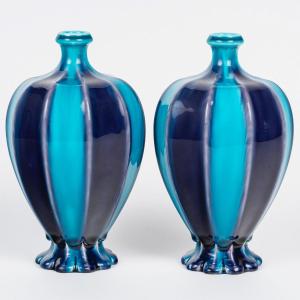


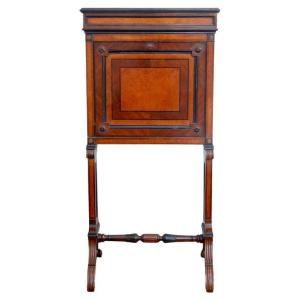





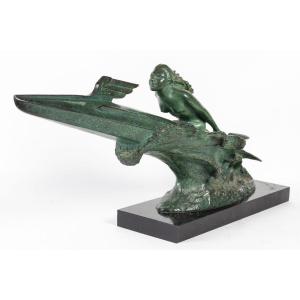
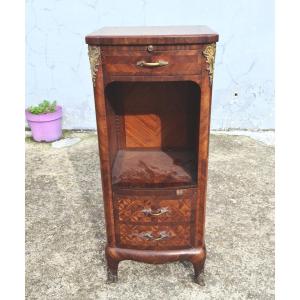
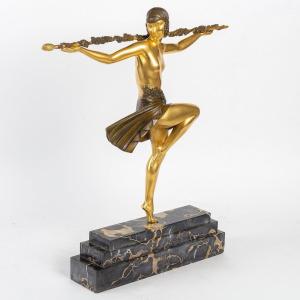





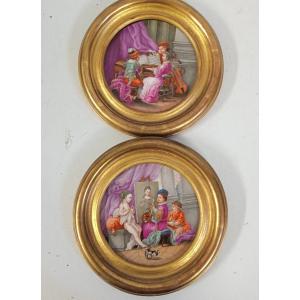

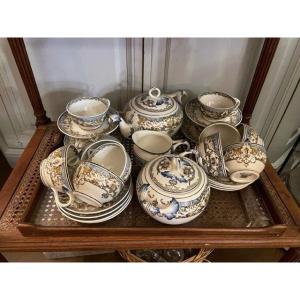



 Le Magazine de PROANTIC
Le Magazine de PROANTIC TRÉSORS Magazine
TRÉSORS Magazine Rivista Artiquariato
Rivista Artiquariato